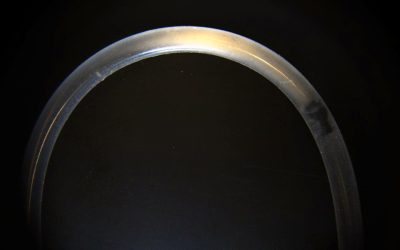Nowadays almost all products feature adhesives – for example, they are found in windshields, cell phone displays, shoes, carpets, plasters or physio tapes. Some adhesives contain solvents that smell unpleasant. However, solvent-free products or those with a low concentration of solvents can also emit a pungent odor. There is as yet very little known about which substances cause the stench and how they affect the human body. The Department of Sensory Analytics at the Fraunhofer Institute for Process Engineering and Packaging IVV is committed to researching this issue. Among other things, Prof. Andrea Büttner and her team have tested four solvent-free acrylic adhesives to find out which components trigger the offensive odors.
In their analyses, the researchers were able to identify 27 odorants that were causing the unpleasant smells. These include methyl methacrylate, acetophenone, 1-butanol, 4-methylphenol, phenylacetic acid methyl ester and acetic acid. It was the first time that 20 substances, including the chemical compound borneol, were identified as odor-active compounds in adhesives. This variety of substances was matched by the breadth of odor impressions, which ranged from pungent, fruity and leathery to smoky and moldy.
“If a product emits a particularly strong odor, this can indicate the presence of hazardous substances,” says Prof. Büttner. Some of the samples contained phenolic compounds suspected of being mutagenic. Andrea Büttner, who is the department head and deputy director of Fraunhofer IVV, sees a clear need for action to optimize the product development of adhesives. “Our analysis shows that a series of substances we found ought to be eliminated, and not just in terms of odor emissions. Strong odors can most definitely cause headaches and dizziness. We should be asking why adhesives smell. The mindset of both the user and the manufacturer needs to change in this regard.”

















